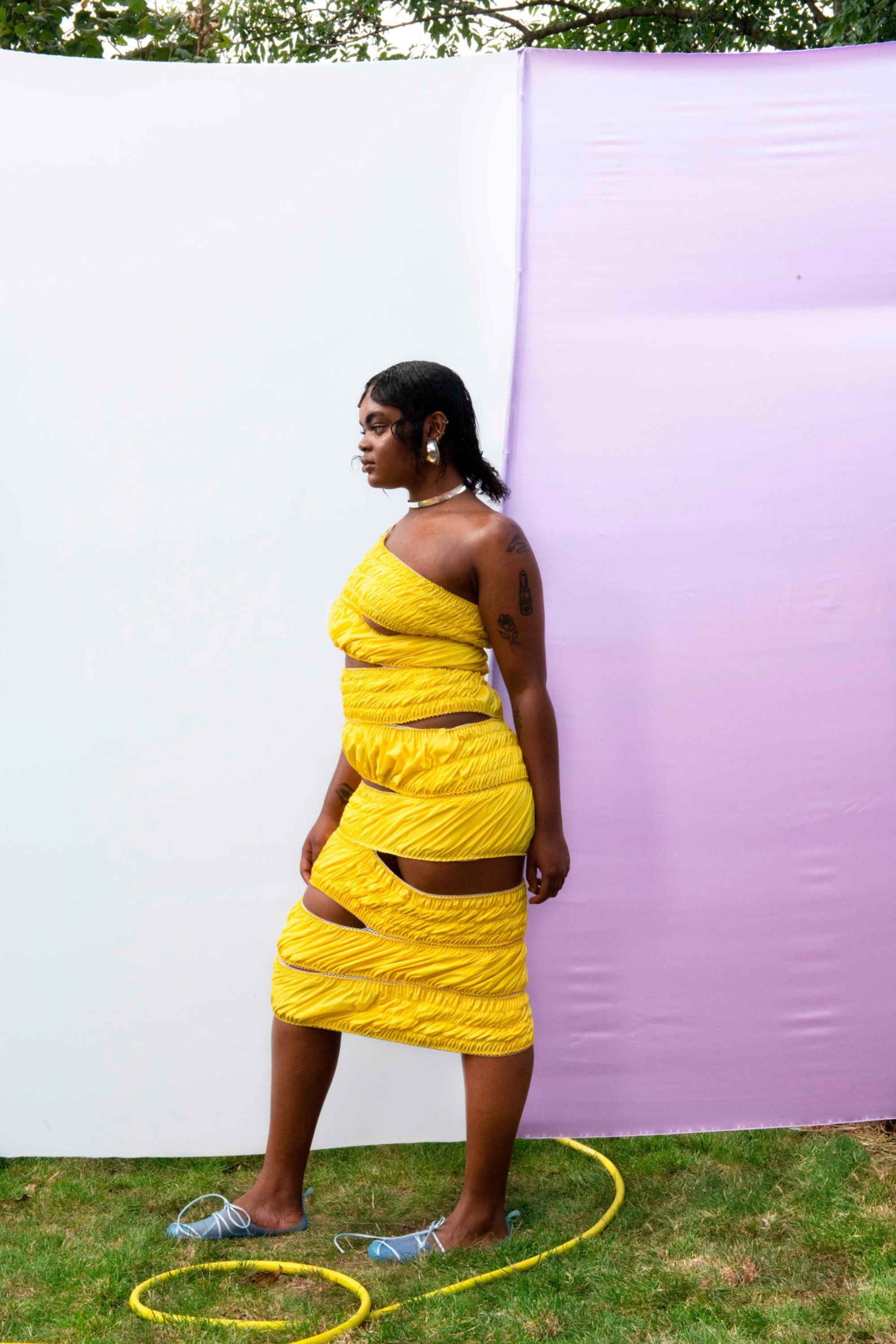From Vivienne Westwood’s Victorian corsetry to Calvin Klein’s bias-cut slips, lingerie has always had a place on the runway.
And while it has a reputation for pandering to male fantasy, lingerie has also been used to push more liberated ideas of how women can proudly show their bodies and express their sexuality. (Think Madonna in her Gaultier cone bra, or Coco Chanel entertaining in her pajamas.)
In recent years, the industry has been going through a dramatic shift. Many women have turned away from ‘Hello Boys’ push-up bras in favor of brands like Marieyat and Les Girls Les Boys, which reflect cultural attitudes on diversity, body positivity and gender fluidity. The fanfare that used to accompany Victoria’s Secret shows has greatly diminished following controversies over its narrow – and often culturally inappropriate – portrayal of female beauty, while Rihanna’s Savage x Fenty has been celebrated for its inclusive casting and designs made for every shape, size and skin tone.
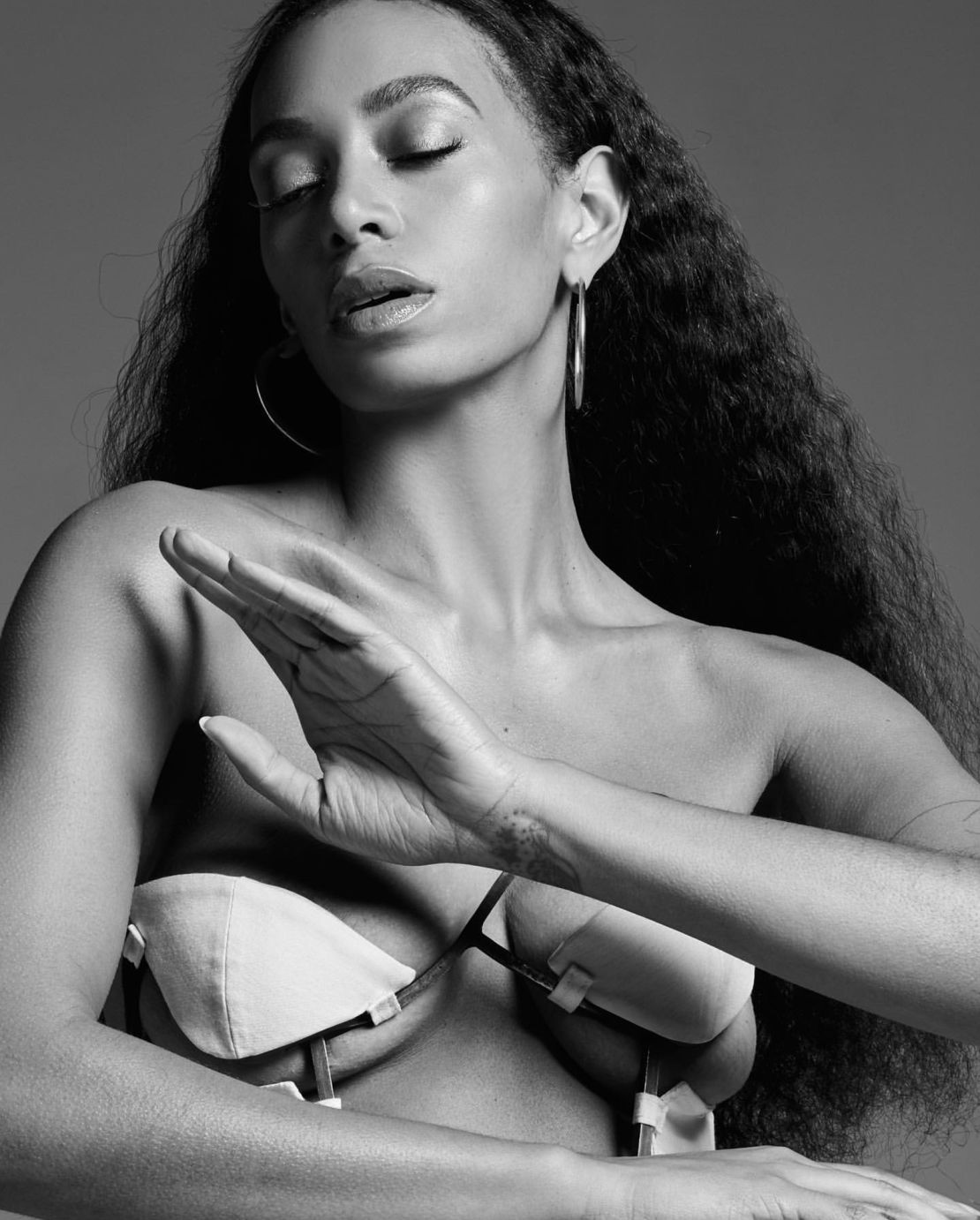
All this speaks to today’s new visual language and its increasing focus on diverse, natural beauty as well as what fashion can do for our well-being. Now more than ever, this is a message that is resonating with women who, rather than have their mental health eroded by unachievable images of perfection, are demanding to be represented by the brands they choose to wear.
This has not been lost on today’s freshest fashion talents. By taking notes from how lingerie is constructed, and responds to the human form, they are creating clothes that are at once revealing and empowering.
Here are three young women designers whose outlook on lingerie-inspired fashion is leading the charge.
Chiffon and steelm
With three collections to date, American designer Elena Velez has dressed Grimes, Charli XCX, Solange and Ariana Grande, and has shown at both New York and London Fashion Weeks.
But it’s not the glamour of fashion that inspires Velez, rather, she turns to her hometown in Milwaukee, Wisconsin for design ideas. Her mother was a ship captain on the Great Lakes and is the type of strong woman Velez now hopes to dress.
Growing up however, she felt differently about how her mother looked and dressed. “I wanted her to be pretty – to paint her nails or wear heels,” she said in a phone interview. “I didn’t understand the significance of her wind-worn jeans, knotted hair or patched flannels. But now I appreciate her brand of utilitarian beauty.”
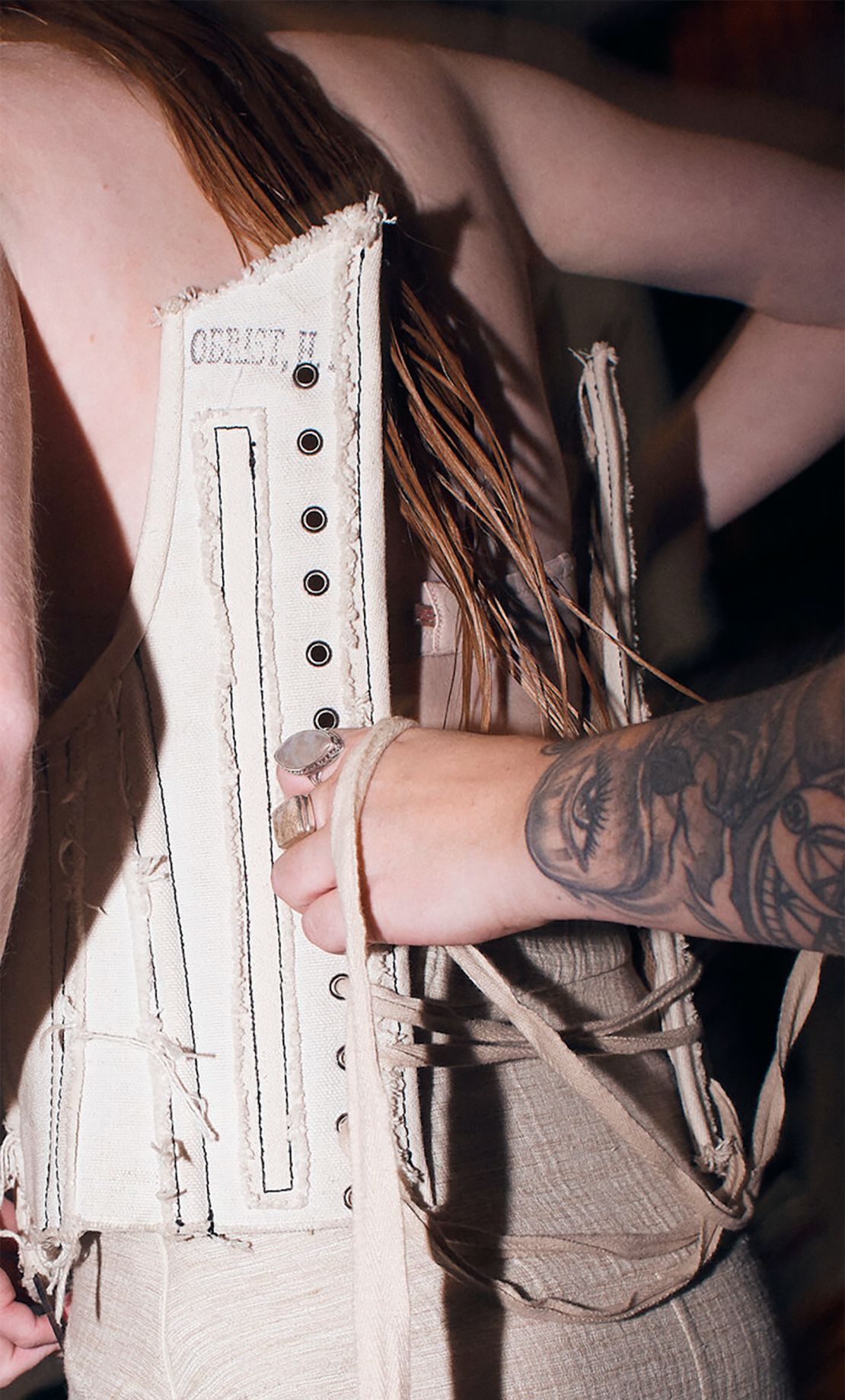
Now based in London, Velez returns home regularly to create her collections from repurposed ship sails, ropes and leather. What she calls her signature “aggressively delicate” pieces are characterized by their fragile shapes reminiscent of barely-there bralets and chemises, held together by corset-like steel-rod architecture made in collaboration with metalsmiths in Milwaukee, an area once known for its steel manufacturing.
“It has such a heavy midwestern, blue-collar connotation,” Velez said. “I use these local materials to investigate the relationship between femininity and fortitude. What more powerful way to bring you into my world than to drape you in a sail from my mother’s shipyard?”
Velez studied at Parson’s School of Design in New York and is currently completing her MA at Central Saint Martins in London, where she continues to dive into her romantically forceful take on future femininity. For her, from vulnerability comes strength.
“Every day is a bloody battle to defend the delicate. Sometimes I feel like a scarred warrior protecting a fragile and sensitive heart. Chiffon and steel just make so much sense to me as a woman right now.”
Embracing complexity
Nensi Dojaka has long adored the art of lingerie and its ability to empower its wearer. This is evident in her intricate designs that envelope the female form in a web of twisted, see-through textiles, exuding a raw and unapologetic sensuality.
“I’m interested in the way lingerie is constructed to contour the body; for example, how some delicate straps can hold and create the dynamics of the whole piece,” Dojaka said in an email. “I love working in the same amount of detail and scale as lingerie and with the same sheer fabrications, which allows me to play with layers of transparency.”
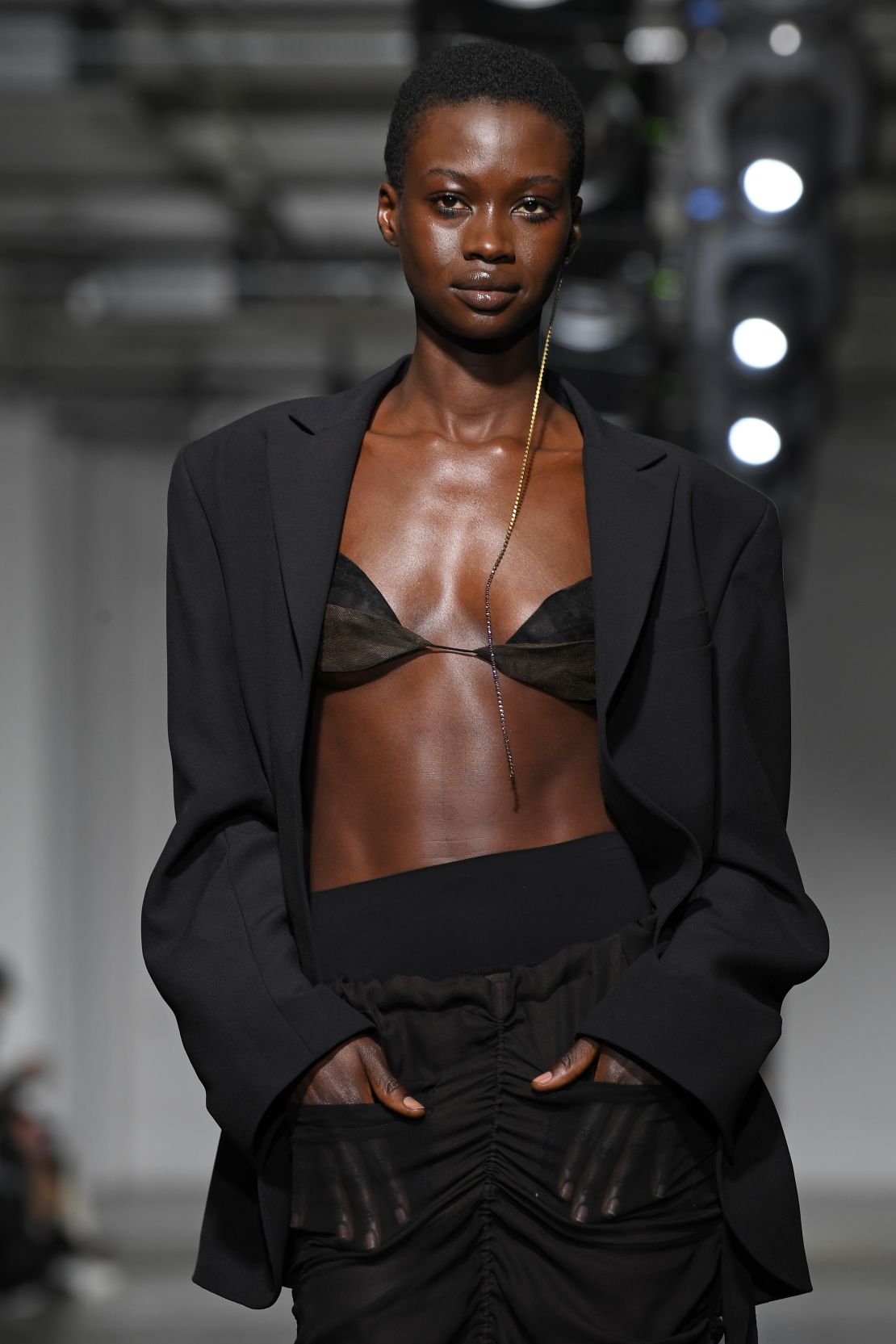
The Albania-born designer developed her now signature draping technique during her MA at Central Saint Martins, graduating in 2019. For her Spring-Summer 2020 lookbook, Dojaka asked her models to shoot themselves on their phones – a comment on how she feels women should control their own image. For Autumn-Winter 2020, she debuted at London Fashion Week with Fashion East, showing a confident collection of deconstructed mini camisole dresses, circle bra tops and drawstring skirts in dark, neutral shades. These dainty pieces were worn with manly shirts and blazers.
“I want my clothes to embrace the strong and the soft duality of modern womanhood,” she said. “The unexpected details and color palette work together to create a sense of mystery around the image of the woman, who is alluring and untouchable.”
Bodies make the clothes
Sinéad O’Dwyer is pushing the envelope of lingerie-inspired fashion with her conceptual designs promoting body positivity, and has made pieces for Björk, Arca and Kelsy-Lu.
She grew up in rural Ireland “making strange garments,” and graduated with an MA from the Royal College of Art in London in 2018. It was during her time studying fashion that she confronted her own struggles with body dysmorphia and fashion’s outdated approach to sizing.
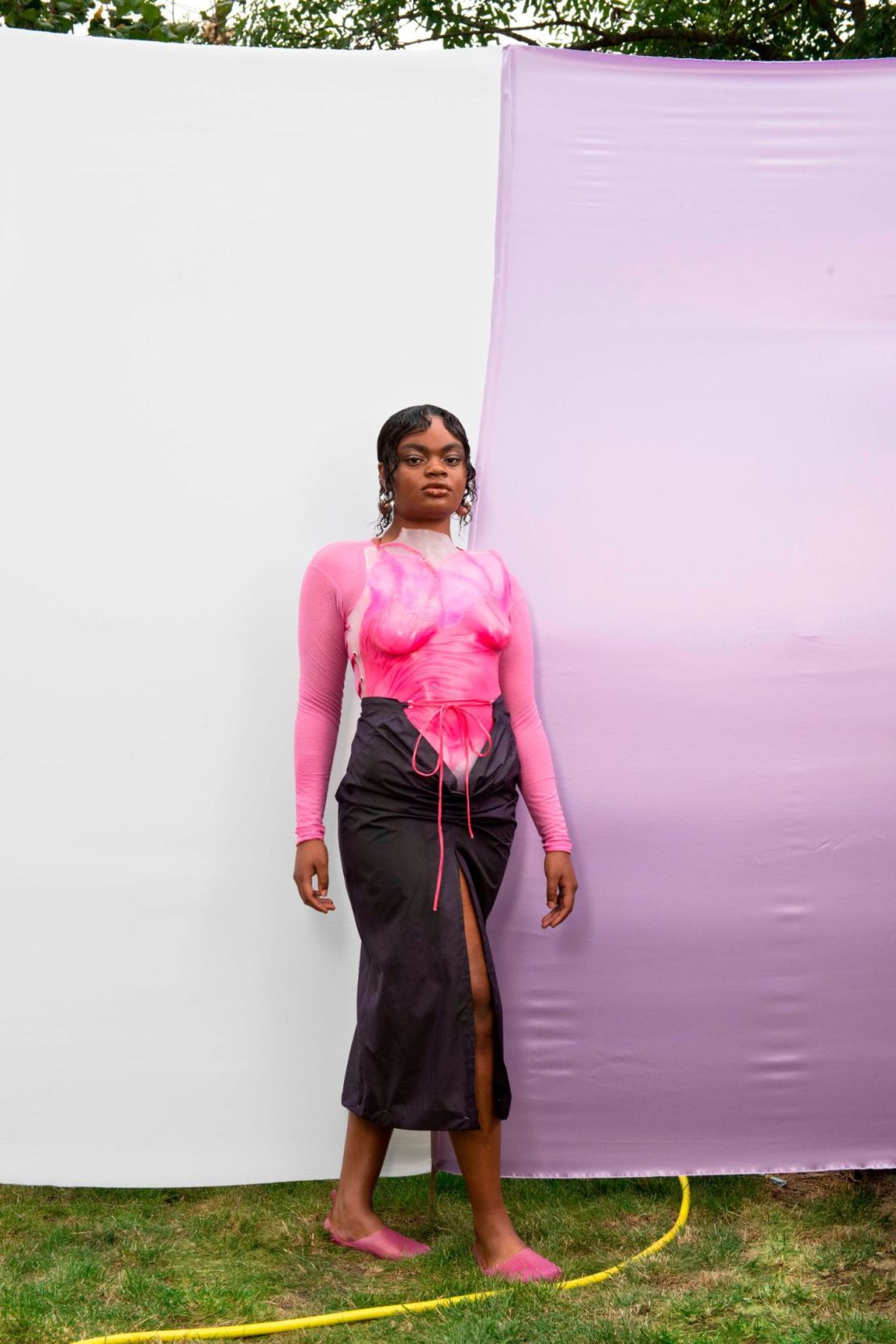
“I began to recognize my behaviors surrounding eating and body control and why they had such a negative hold on me. I also thought about how the industry has chosen one size and proportion of a person to cut pattern blocks to, which means that when you fit that shape on your own body you think there’s something wrong with you. I began talking to other women and it soon became a universal story.”
Her experience compelled O’Dwyer to start live-casting her friends’ bodies and making wearable sculptures out of them. It’s an intensive process and can take weeks to make one piece. It begins with painting the skin in a gel which hardens and is then coated in clay. This becomes a detailed mold from which a further fiberglass form is crafted. The results are a fusion of silicone, silver and silk, which expertly recreates each woman’s figure. Various-sized breasts and stomachs, and natural folds are all on glorious display. “An important element is inserting corsetry and undergarments into the molds,” she said.
“Historically these were items that shaped the female form but now the body shapes the clothes.”
For her Spring-Summer 2020 collection, which debuted at London Fashion Week, O’Dywer presented silky straps, coiled bands, skimpy briefs and “under-boob” bras that ruche around flesh.
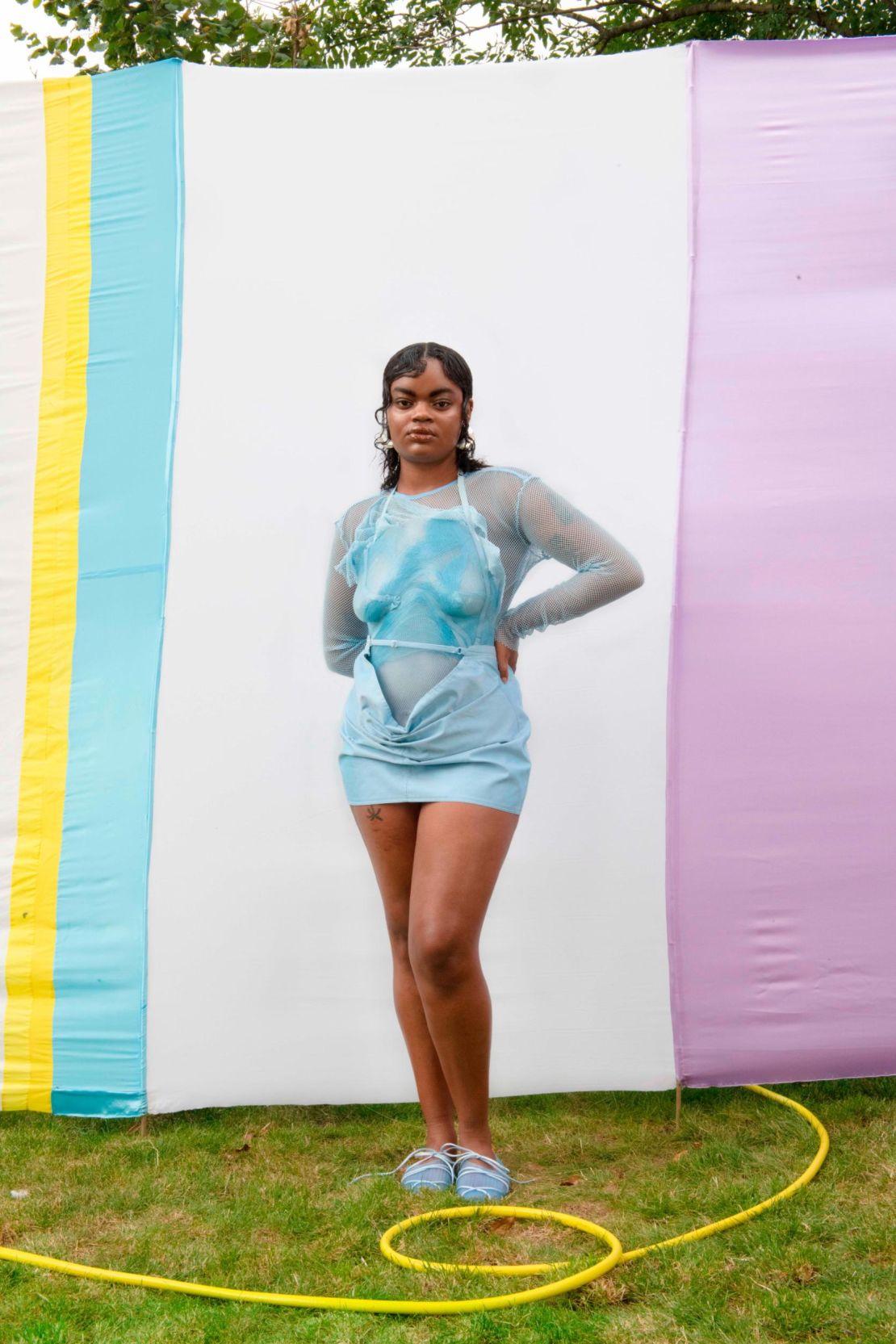
“I am exploring the themes of nudity and eroticism through my work, which stems from considering how I personally wear lingerie. I want to show beautiful and sensual women’s bodies just as they are,” she said. “I also want to develop some woven pieces in a full range up to size 30.”
“Representation is super important,” O’Dwyer added, cautioning that ideas and images are not enough. “Imagery is changing mental health for young people now, but it has to follow through to product with real bodies in mind – or else all this is just a trend.”
Top image: Sinead O’Dwyer Spring/Summer 2020
